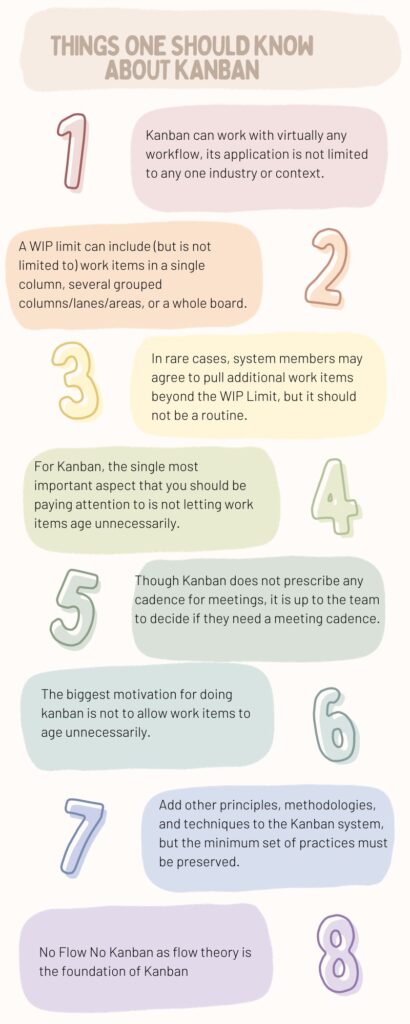Scrum vs Kanban – Which one shall we adopt?
How it all started?
Before we get into details of Scrum vs Kanban, we will take a top-down approach, first thing to understand is What is Agile? and Agile Manifesto . This will give you a view of the agile revolution, Scrum and Kanban are part of this structure.
The Agile Manifesto, which has 4 values and 12 principles, is supported by frameworks; two famous frameworks are Scrum and Kanban.
Scrum vs Kanban – What are these frameworks all about?
The next part is to understand these frameworks before we decide which one to adopt over the other.
Difference between Scrum vs Kanban
| Criteria | Scrum | Kanban |
| Inception | Software Development (A Framework created for software development) | Originated from Lean Manufacturing |
| Approach | Each element of the scrum framework serves a specific purpose that is essential to the overall value and results realized with Scrum. This has to be followed. | Less prescriptive as compared to Scrum, 3 Kanban practices are must |
| Accountabilities | Scrum defines three specific accountabilities within the Scrum Team: the Developers, the Product Owner, and the Scrum Master | Does not have defined accountabilities |
| Iterative approach | Follows Iterative approach | Does not follow iterative approach |
| Cadence | Sprints have fixed length events of one month or less | Continuous flow |
| Planning | Scrum events for planning are Sprint Planning, Daily Scrum | No defined cadence for planning however team can decide based on context |
Conclusion – Scrum vs Kanban
There is no prescribed answer to use Scrum or Kanban. It all boils down to one aspect and that is context. Try one framework for a certain period and inspect and adapt and track the progress, move it to the next if you don’t see progress. Either Scrum or Kanban, continuous improvement is the key.


